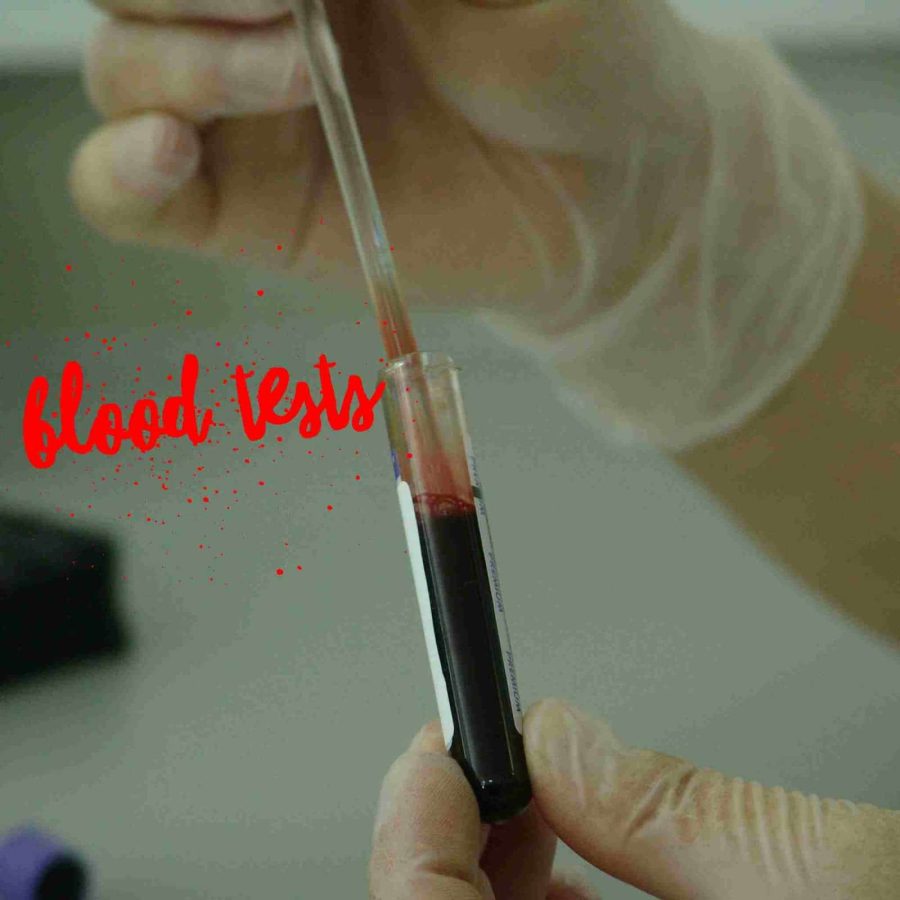Laboratory blood test studies also can reveal bits of information about organ systems throughout the body. For a simple blood test, a few drops may be drawn from a capillary through a finger prick; more detailed tests can require the equivalent of a couple of teaspoonful of blood drawn from a vein In the arm.
The amount of blood test taken for lab work is not harmful; a normal body manufactures a couple of ounces of new blood every day, several times the amount used for a laboratory test.
HOW DOES RED BLOOD CELLS WORK?
For a count of red blood cells (RBC), or erythrocytes, a small part of the original blood sample may be diluted and a bit of the solution placed on a special microscope slide that enables the technician to estimate the average number of red blood cells per cubic millimeter of the blood test.
The normal RBC range for a man is in the neighborhood of 4. 8 to 5. 8 million red blood cells per cubic millimeter of blood; for a woman, the RBC count is about 4. 4 to 5. 4 million. For a child, the normal figure is slightly less than that of a woman.
The blood sample also may be checked for the level of hemoglobin, an iron-protein substance that gives the blood its red color and makes it possible for blood to carry oxygen to all parts of the body.
A below normal level of hemoglobin could be a sign of anemia due to a number of possible causes, including actual loss of blood from
hemorrhage, vitamin deficiencies, lack of iron in the diet, or a disease.
HOW DOES WHITE BLOOD CELLS WORK?
The total normal WBC count for both men and women ranges from 5, 000 to 10, 000 per cubic millimeter. A higher count would indicate the presence of an infection or other disease problem.
WHAT ARE THE OTHER FACTORS OF BLOOD TEST?
Another blood test may be performed for information about the coagulation characteristics of a patient’s blood sample, levels of calcium, sodium, potassium, and other chemicals present, presence of certain enzymes, acidity of the blood, levels of sugar, bilirubin, urea nitrogen, cholesterol and other fatty substances, alcohol and other drugs, and proteins, including albumin.
Not all of these blood test is performed during a routine physical examination, but they could be used if needed to track down the cause of an otherwise elusive set of symptoms.
By comparing the results of two blood enzyme tests, for example, it would be possible to sort out symptoms of six different kinds of liver disease as well as a heart attack and infectious mononucleosis.
blood test results might not be the final answer to a medical problem, but the laboratory test data could be important pieces of information that the doctor needs to complete the health picture that begins to take form when the patient enters the doctor’s office for a physical examination. So, it is extremely important for diagnosis and treatment planning before any further treatment can be done.
References
Wikipedia


